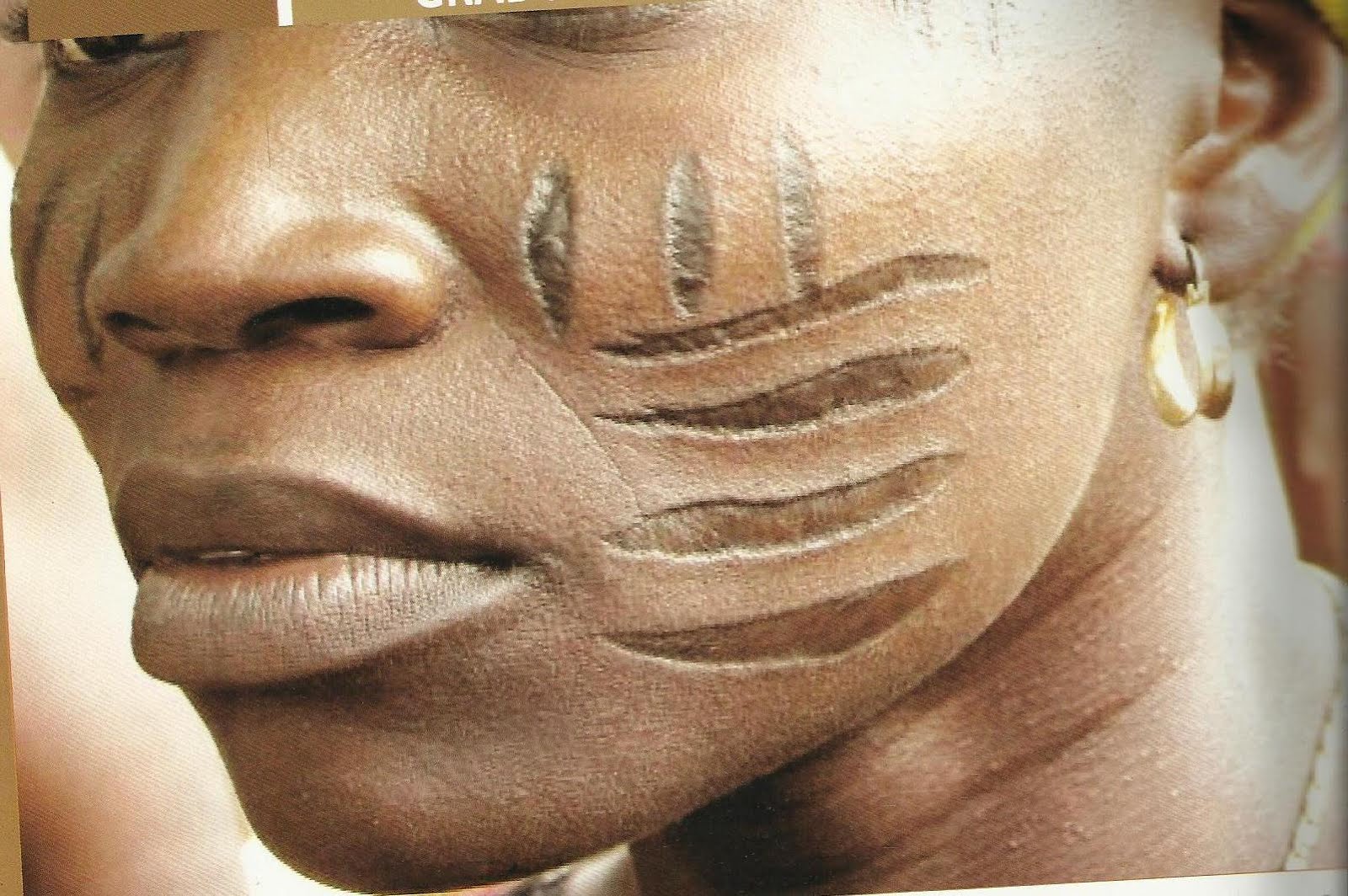Exploring The Ancient Art Of Tribal Marking: A Connection To Identity And Heritage
Tribal marking is a profound expression of cultural identity that has been practiced for centuries across various communities worldwide. This ancient art form serves not only as a means of aesthetic expression but also as a powerful symbol of belonging, heritage, and individuality. From intricate tattoos to scarifications, tribal marking embodies the rich tapestry of human experience, reflecting the values and beliefs of different cultures. Its significance extends beyond mere decoration; it is a narrative woven into the skin, telling the story of generations past and present.
In many cultures, tribal marking is a rite of passage, a way to signify important life transitions such as adulthood, marriage, or initiation into a community. These markings often hold deep spiritual meanings, connecting individuals to their ancestors and the earth. The designs and techniques used in tribal marking vary widely, with each culture having its unique styles and practices that reflect their history and environment. As we delve deeper into the world of tribal marking, we uncover the fascinating stories behind these markings and the ways they continue to resonate in contemporary society.
The resurgence of interest in tribal marking in modern times prompts us to explore its relevance today. Many individuals are drawn to these ancient practices, seeking to reclaim their cultural heritage or express their individuality in a world increasingly dominated by uniformity. As we unravel the various dimensions of tribal marking, we will highlight its significance, the techniques employed, and the cultural narratives that it encapsulates.
What is Tribal Marking?
Tribal marking refers to various forms of body art that are practiced by indigenous tribes and communities around the world. This can include tattoos, scarifications, and body painting, each with unique designs and meanings. Often, these markings are used to signify membership in a tribe, celebrate milestones, or convey personal stories and beliefs. The practice of tribal marking is deeply rooted in cultural traditions and reflects the values, history, and identity of the community.
History of Tribal Marking
The history of tribal marking dates back thousands of years, with evidence found in archaeological sites around the globe. Ancient civilizations utilized body art for various purposes, including spiritual rituals, social status indication, and protection against evil spirits. In many cultures, tribal marking was also believed to provide strength and courage to the individual, making it an essential part of their identity.
How is Tribal Marking Practiced Today?
In contemporary society, tribal marking has evolved, with many individuals opting for tattoos and other forms of body art that pay homage to traditional practices. While some may seek to connect with their ancestry through these markings, others may simply appreciate the artistry and personal expression they offer. Modern technologies have also influenced the practice, allowing for greater creativity and precision in design.
What Are the Different Types of Tribal Marking?
Tribal marking encompasses a variety of techniques, each with distinct cultural significance. Some common forms include:
- Tattooing: The insertion of ink into the skin to create permanent designs.
- Scarification: The intentional creation of scars on the skin to form patterns or symbols.
- Body Painting: Temporary designs applied to the skin, often used during rituals or ceremonies.
- Branding: The use of heat to create designs on the skin, often associated with livestock branding.
Who Uses Tribal Marking?
Tribal marking is predominantly associated with indigenous cultures and communities. However, in recent years, it has gained popularity among individuals from diverse backgrounds seeking to express their identity or connect with their heritage. Many modern artists and tattooists draw inspiration from traditional tribal designs, blending them with contemporary styles and techniques.
What Are the Cultural Significance and Meanings Behind Tribal Marking?
The meanings behind tribal marking vary significantly across cultures. Often, these markings represent:
- Identity: Markings can signify belonging to a specific tribe or community.
- Milestones: Certain designs may commemorate significant life events, such as birth, marriage, or initiation.
- Spirituality: Many tribal markings are imbued with spiritual significance, believed to protect the individual or connect them to their ancestors.
- Social Status: In some cultures, specific markings may indicate one's rank or role within the community.
Can Tribal Marking Be Appropriated?
The question of cultural appropriation in tribal marking is a complex and sensitive issue. While many individuals are drawn to tribal designs for their beauty and symbolism, it is essential to understand the cultural context and significance behind these markings. Using tribal marking without understanding or respecting its origins may perpetuate stereotypes or undermine the cultural heritage of the communities from which these practices originate. It is crucial to approach tribal marking with respect, knowledge, and a willingness to learn about the cultures that inspire them.
Is Tribal Marking a Form of Self-Expression?
For many, tribal marking serves as a powerful form of self-expression. Individuals may choose to get a tribal tattoo or other body art to symbolize their beliefs, values, or personal journeys. In this way, tribal marking transcends its traditional roots, allowing for a contemporary interpretation that resonates with a broader audience. This blending of ancient practices with modern expression creates a unique dialogue between past and present, enriching the cultural tapestry of society.
Conclusion: The Enduring Legacy of Tribal Marking
In conclusion, tribal marking is a multifaceted practice that reflects the rich heritage and cultural identities of communities worldwide. As we explore the significance and meanings behind tribal marking, we gain insight into the diverse stories and traditions that shape human experience. Whether rooted in ancient customs or adapted for modern expression, tribal marking serves as a powerful reminder of the importance of identity, belonging, and the ongoing dialogue between cultures. As we continue to celebrate the art of tribal marking, we honor the legacy of those who came before us and pave the way for future generations to express their unique stories.
Ultimately, understanding and respecting the cultural significance of tribal marking allows us to appreciate its beauty and depth, fostering a greater appreciation for the diverse tapestry of human expression. Whether as a form of personal identity or as a connection to a broader cultural narrative, tribal marking remains an enduring art form that continues to inspire and resonate across generations.
Exploring The Vastness: The Biggest City By Land
Unveiling Amanda Jordan's Net Worth: A Deep Dive Into Her Financial Success
Discovering The Age Of Jr Ronaldo: A Rising Star In Football


